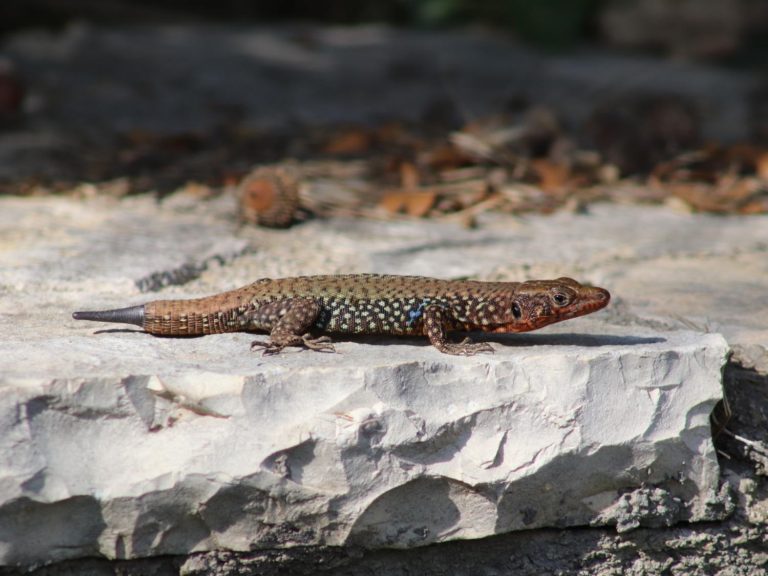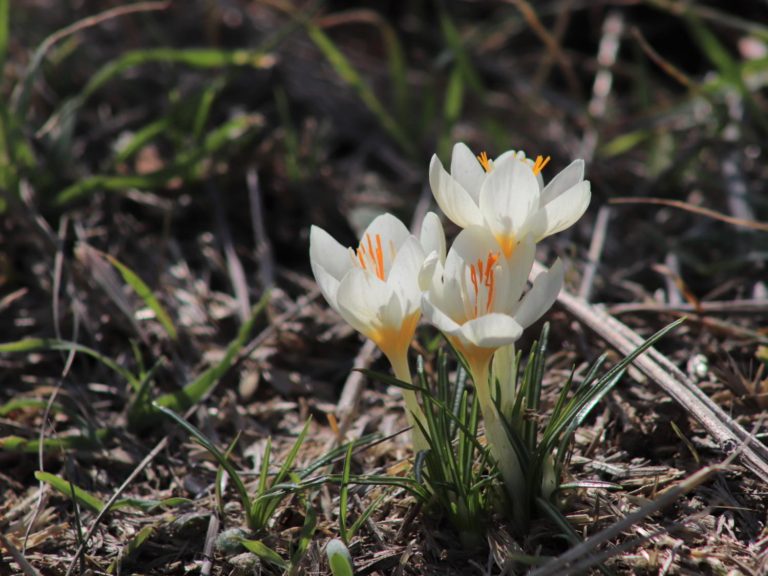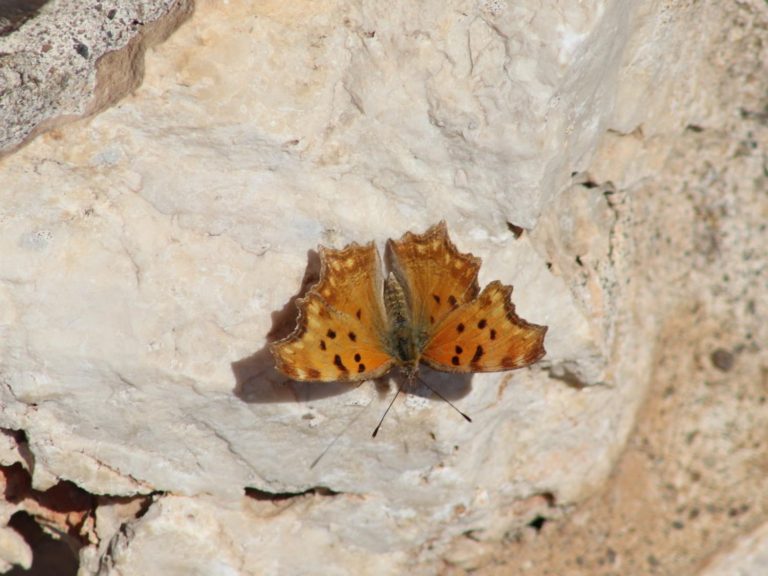
The Peloponnese - autumn bulbs and ancient sites
Explore this famous and historic area of southern Greece in autumn.
Late autumn is a glorious time in the southernmost part of Greece. The autumn rains have started the annual renewal of the plant cycle. One of the features of this area is the spectacular autumn flowering of many bulbs: we will find several crocuses including the spectacular endemics Crocus goulimyi and Crocus niveus, several species of colchicum, the stunning Sternbergia lutea and carpets of Cyclamen graecum. We will also look for a special snowdrop, Autumn Squill and Autumn Ladies Tresses, not forgetting Peloponnese Wall Lizards, Fire Salamander and Rock Nuthatch.
All these in an area with a long and interesting history stretching from one of Europe’s most spectacular Bronze Age civilizations through the Byzantine and Ottoman empires. We shall take in a number of archaeological areas on the World Heritage List, such as Mycenae, the tomb of Atreas, and Mystras, the magnificent Byzantine city on the slopes of the Tayetos, along with the many smaller Byzantine churches that we come across. We shall also visit the wonderful Diros Caves, stretching for several kilometres under the mountain above.
The southern part of the Peloponnese is known as the Mani Peninsula, a rugged, barren place, home to high towers and ‘feuding Greeks’, wonderfully described by Patrick Leigh Fermor in his book Mani. He writes ‘There is hardly a rock or a stream without a battle or a myth, a miracle or a peasant anecdote or a superstition’. We should add to his description that there is hardly a hillside without a crocus or a colchicum, hardly a ruin without a cyclamen or a sternbergia. Our week promises wild flowers, wild landscapes and wonderful history.
Download trip report
Please note that holidays change, although sometimes only slightly, from year to year and previous trip reports may not reflect the planned itinerary, or other holiday details, for the current trip. Please ask us if you would like to know of any significant differences.



